The creation of a heating system involves connecting the boiler and heating devices (radiators, convectors and underfloor heating). Also in the system must be present devices that ensure safety. The order of connection of all this economy and called “boiler strapping”.
Contenido del artículo
What is strapping and what it is made of
There are two main parts in the heating system – the boiler and radiators or floor heating. What connects them and provides safety – this is the strapping. Depending on the type of installed boiler uses different elements, so usually consider separately strapping solid fuel units without automation and automated (more often – gas) boilers. They have different algorithms of operation, the main – the possibility of heating the boiler’s CT in the phase of active combustion to high temperatures and the presence / absence of automation. This imposes a number of restrictions and additional requirements that have to be fulfilled when strapping the boiler, working on solid fuel.
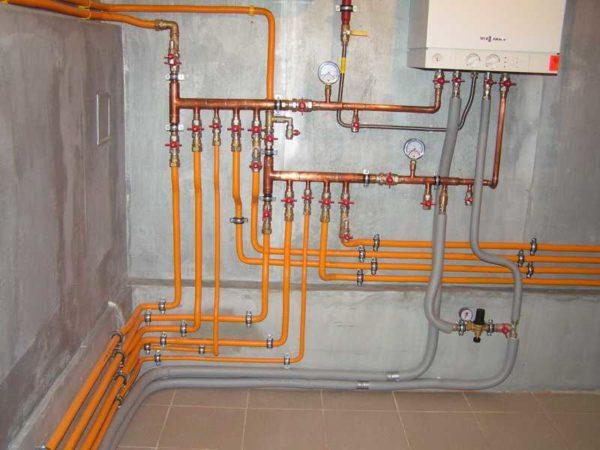
What should be in the strapping
To ensure the safe operation of heating, the boiler strapping should contain a number of devices. Obligatory must be:
Part of these devices is already installed under the casing of the gas wall boiler. The strapping of such a unit is very simple. In order not to complicate the system with a large number of branches manometer, air vent and emergency valve are collected in one group. There is a special housing with three branches. The corresponding devices are screwed onto it.
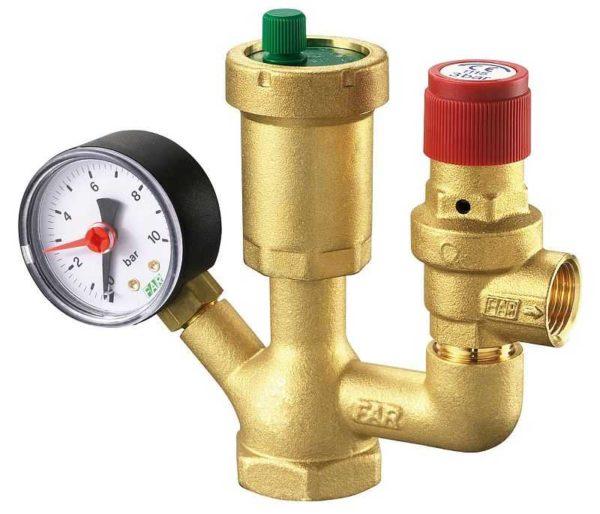
Install the safety group on the supply pipe immediately at the boiler outlet. It is placed so that it is easy to control the pressure and can be manually depressurized if necessary.
What pipes to make
Today in the heating system rarely use metal pipes. They are increasingly replaced by polypropylene or metal plastic. Strapping a gas boiler or any other automated boiler (pellet, liquid fuel, electric) is possible at once with these types of pipes.
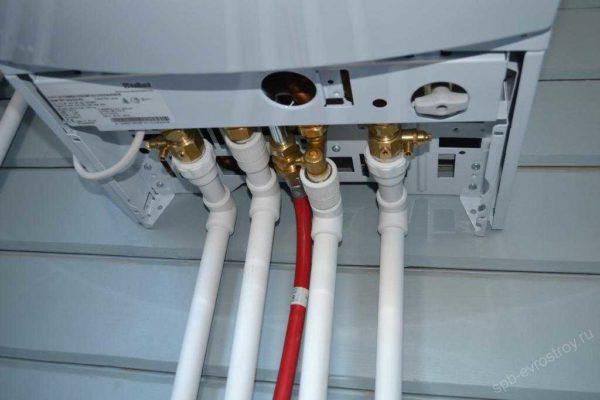
When connecting a solid fuel boiler at least a meter of pipe on the supply is impassable to make a metal pipe and best of all – copper. Further you can put the transition to metal plastic or polypropylene. But this is not a guarantee that polypropylene will not collapse. It is best to make additional protection against overheating (boiling) TT boiler.
Which of the polymer pipes is better? Polypropylene or metal-plastic? There is no unambiguous answer. Tying polypropylene is good for reliability of connections – properly welded pipes are a monolith. (How to connect polypropylene pipes read here). But the maximum allowable temperature of the coolant in the system is not higher than 80-90°C (depending on the type of pipe). And that, prolonged exposure to high temperatures leads to rapid destruction of polypropylene – it becomes brittle. Therefore, the boiler piping polypropylene is made only in low-temperature systems based on automated boilers.
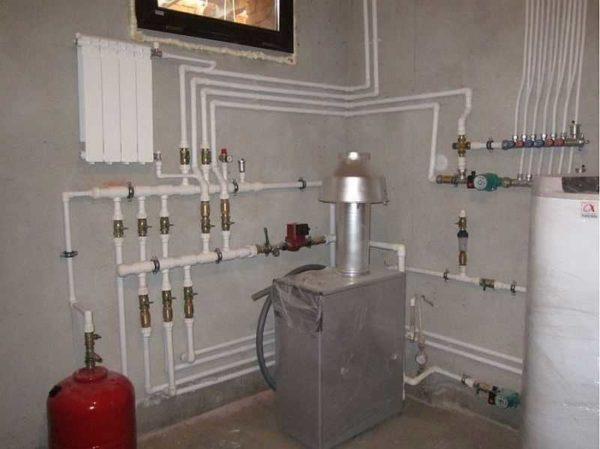
Metal plastic has a higher operating temperature – up to 95°C, which is sufficient for most systems. You can do them and tie solid fuel boiler, but only if there is one of the systems of protection against overheating of the coolant (described below). But metal-plastic pipes have two significant disadvantages: narrowing at the point of connection (design of fittings) and the need for regular inspection of connections, as they eventually flow. So the boiler piping metal-plastic is made on condition of use as a coolant water. Non-freezing liquids are more fluid, so in such systems crimp fittings are better not to use – they will still leak. Even if you replace the gaskets with chemically resistant.
Strapping gas boilers
Modern gas boilers have good automation, which controls all the parameters of the equipment: gas pressure, the presence of flame on the burner, the pressure level and the temperature of the coolant in the heating system. There are even automatics that can adjust the work under the weather data. In addition, wall-mounted gas boilers in most cases contain such necessary devices as:
Parameters of all these devices are specified in the technical data of gas boilers. When choosing a model should pay attention to them and choose a model not only by capacity, but also by the volume of the expansion tank and the maximum volume of the coolant.
Scheme of wall-mounted gas boiler piping
In the simplest case, the boiler strapping contains only shut-off valves at the boiler inlet – so that, if necessary, it is possible to carry out repair work. More on the return pipe, coming from the heating system, put a filter-gryazevik – to remove possible contaminants. That’s all the piping.
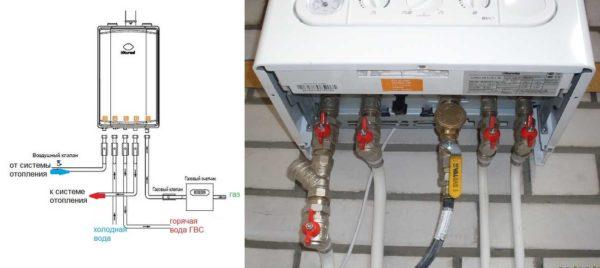
In the photo above there are corner ball valves, but this, as you understand, is not necessary – it is quite possible to put the usual models, and the pipes are turned closer to the wall with the help of corners. Also note that on both sides of the strainer there are taps – this is so that it was possible to remove it and clean it without draining the system.
In the case of connecting a single-circuit wall-mounted gas boiler, everything is even simpler – supply only gas (connect gas workers), hot water supply to radiators or water heating floor and return from them.
Schemes of strapping floor gas boilers
Floor models of gas heating boilers are also equipped with automation, but have neither a safety group, nor an expansion tank, nor a circulation pump. All these devices have to be installed additionally. Scheme of piping because of this looks a little more complicated.
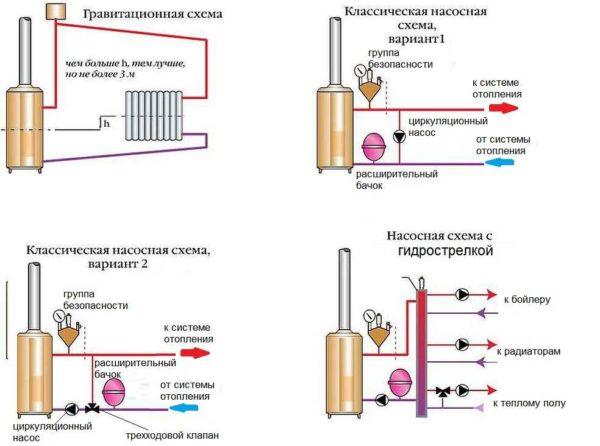
In two schemes of the classic boiler strapping, an additional jumper is installed. This is the so-called “anti-condensation” loop. It is needed in large systems, if the temperature of water in the return pipe is too low, it can cause condensation. To eliminate this phenomenon and arrange this jumper. With its help, hot water from the supply is added to the return pipe, raising the temperature above the dew point (usually 40°C). There are two main ways of implementation:
- by installing a circulation pump with a remote temperature sensor in the jumper (pictured above right);
- using a three-way valve (bottom left).
In the scheme with a circulator on the jumper (condensation pump) it is made with a pipe one step smaller in diameter than the mains. The sensor is attached to the return pipe. When the temperature drops below the set temperature, the pump supply circuit is switched on and hot water is added. When the temperature becomes higher than the threshold temperature, the pump is switched off. The second pump – the heating system itself, it works all the time while the boiler is working.
In the second scheme with a three-way valve, it opens the hot water supply when the temperature drops (set on the valve). The pump in this case stands on the return pipe.
Strapping of the solid fuel boiler
Any owner of a TT boiler knows that during the phase of active combustion releases a lot of heat. With time comes experience – when and how exactly to close the flap, for how long, etc. But it is worth a little distraction, and the water in the system will overheat and may even boil. To prevent such a phenomenon boiler piping without automation should contain several devices that prevent boiling of the system. Only in this case, you can divide the house to do polymer pipes. Otherwise, sooner or later, the superheated coolant will soften the material, the pipes will burst with all the ensuing consequences. Therefore, piping solid fuel boiler in addition to the traditional elements – safety group, expansion tank and circulation pump – contains a solid number of additional devices and usually requires quite a lot of money.
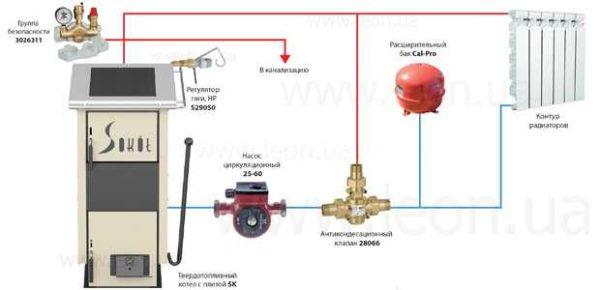
The cyclical nature of solid fuel boilers leads not only to the boiling of the system, but also to the fact that the house is very hot (when the fuel is actively burning), then cold – when all burned out. To eliminate these phenomena, there is a solution: install an indirect heating boiler or heat accumulator. Both are containers with water, they just perform different functions and, accordingly, are connected differently.
Bundling with an indirect heating boiler
The indirect boiler heats water for DHW and is connected on one side to the heating system and on the other side to the hot water distribution comb. In this way, temperature fluctuations are mitigated and water for technical needs is heated. Not a bad solution.
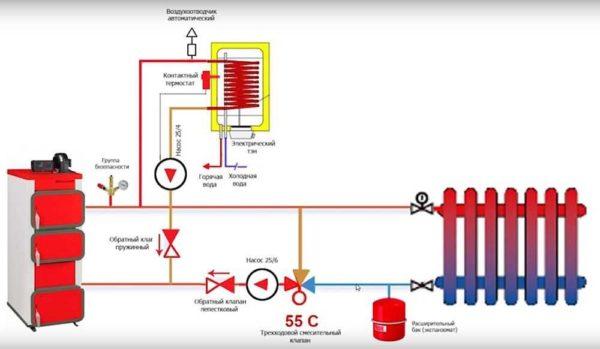
How does this scheme work? If the temperature of water in the water heater is lower than the set temperature, the boiler is connected to heating water in the tank. The heating system is turned off at this time and cools down a little. After heating the water to the required temperature, the boiler switches back to operation with the heating circuit. When the warm water is consumed, the temperature in the tank drops again, the connection for heating takes place again.
It is not difficult, but with this scheme is still possible overheating – not always the flow of hot water coincides with the phase of active combustion of fuel. In this case, overheating is possible.
Scheme with heat accumulator
The second way is to install a heat accumulator. This is also a container with water, but it is connected only to the heating system. Serves to mitigate temperature fluctuations in the system.
This method is more reliable, but requires the device of several separate circuits. The boiler heats water in the heat accumulator – it is connected to the TA inputs. This is one closed circuit. The second circuit goes to heating – from the output of the heat accumulator (in the upper part of the tank) hot water enters the heating system, and the cooled water from the return pipe enters the lower part of the same tank. If necessary, it is possible to connect also the system of water heating floor.

With this construction there is no usual for solid fuel boiler sharp temperature rise at the time of active combustion. All because the volume of the tank is added, so the overheating of water practically does not happen. Then, when the fuel has burned out and the house starts to cool down in a conventional system, the heat stored in the heating phase continues to be consumed in the system with TA. In this way, the temperature background is equalized and the time between fires is increased.
This strapping of the boiler on solid fuel is more reliable and the distribution from the TA can be made polypropylene pipes, but the circuit from the boiler to the tank must be made metal pipes. In this case, you can use steel, but better still copper.
Strapping TT boiler with a valve from overheating
The third way to make protection from overheating of the solid fuel boiler is to install an automatic overheating protection device. This is a special valve with a temperature sensor. The principle of operation is simple: when a certain temperature is exceeded (usually 95-97 ° C), the valve opens the inlet of cold water from the water supply, and the excess overheated will release into the sewer. This is how it works, for example, REGULUS DBV 1-02, Regulus BVTS 14480.
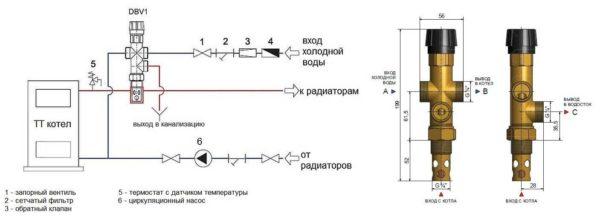
Although the valves are produced by the same company, they have different structure and installation scheme. So REGULUS DBV is installed at the boiler outlet, has a built-in temperature sensor (installation scheme – above). Regulus BVTS 14480 boiler overheating protection valve has a remote sensor, can be installed both at the inlet and outlet (installation scheme – below). What is good about this option? Because it can work in systems with natural circulation – it does not need pressure to work.
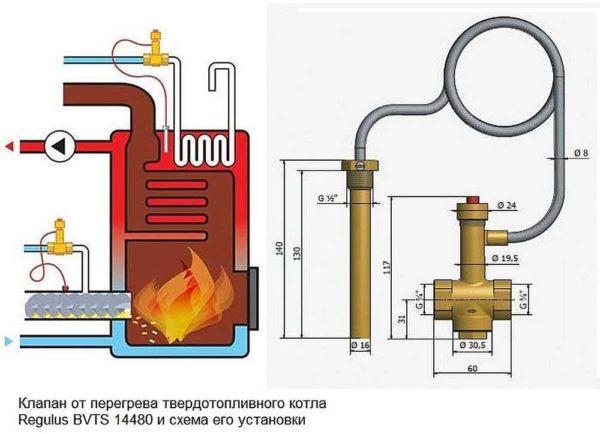
Their approximate cost – 40-60 € – it is much less than the cost of installation of heat accumulator or indirect boiler, but the problem of temperature fluctuations this method does not solve. These valves, by the way, can be used to increase the reliability of the scheme with the installed indirect heater and exactly eliminate the possibility of boiling the system.
What else is needed in the system
Looping the boiler will be incomplete if it does not have a valve for draining and filling the system. And it is better if they are separate. The specific place of installation depends on the structure of the system, but there are certain rules:
- The tap for drainage is made at the lowest point. This is very important if the heating system is to be preserved for the winter – it is necessary to keep as little coolant in it as possible. If the system will work in winter constantly usually to one of the radiators attached to the tap (with a pipe or without) This will be the place of drainage system.
Such a valve for draining the system can be installed in any convenient place (on the return pipe) - If water will be used in the heating system, usually connect the input from the water supply. In the case of a wall-mounted gas boiler, there is a special spigot with a stationary tap for this purpose. Cold water is connected to this inlet, and the tap is opened for a short time if make-up is required. If a boiler without a special spigot is used, a tap is also installed in the supply pipe (preferably higher). Alternatively, it can be installed on the pipe section that goes to the expansion tank.
One of the options for installing a tap to fill the heating system
In some systems, the drain and fill the system are made from a single tap. This is possible if there is a pump that pumps the coolant and there is a pressure gauge that can be used to control the pressure created. If there is a separate valve for filling the system at a high point, the system can also be filled by gravity.

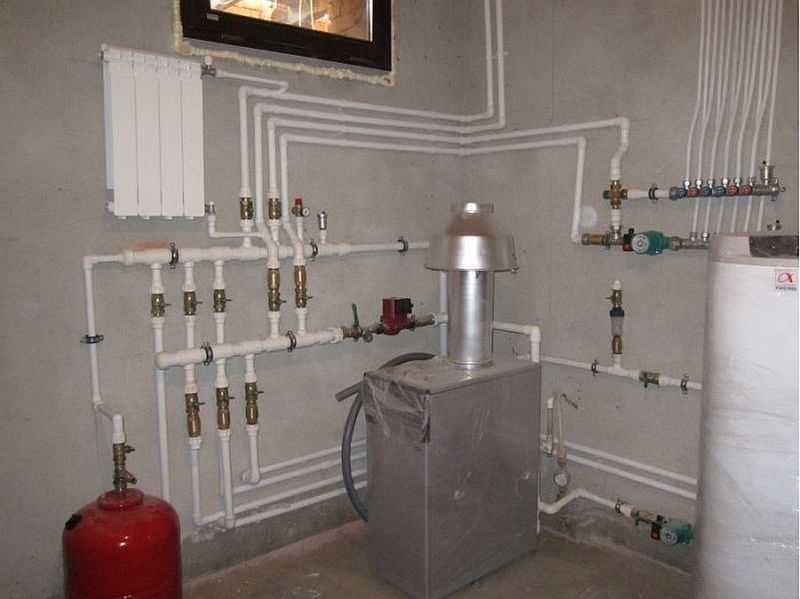
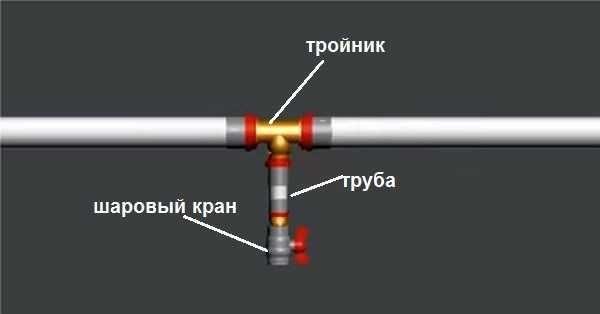
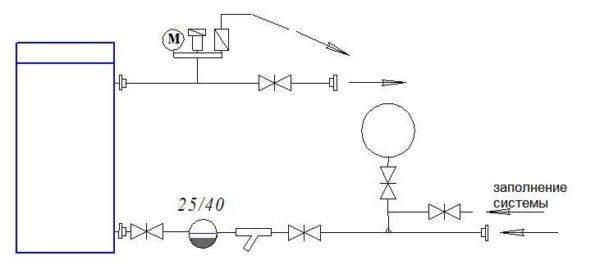
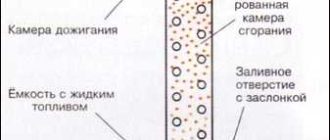
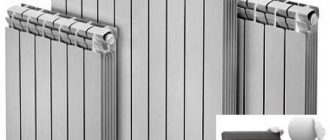
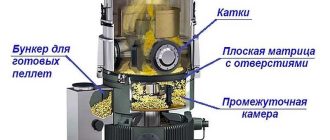
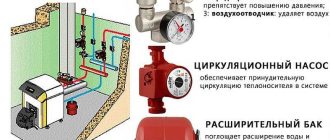
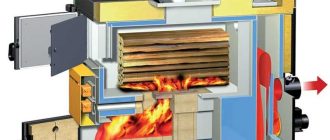
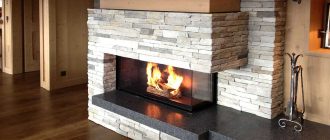
I gotta say, bundling solid fuel and gas boilers is a game-changer. When I upgraded my setup, it made my heating way more efficient and saved me cash on bills. Trust me, if you’re looking to optimize your home heating, this combo is the way to go!